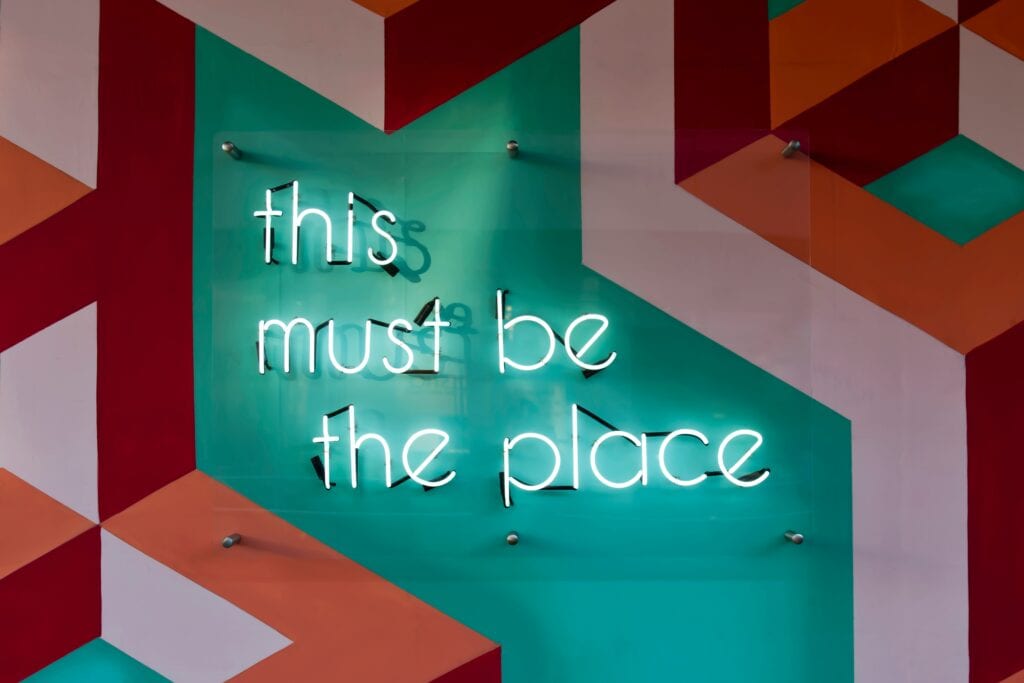We get praise for hiring the right people. We can get fired for hiring the wrong ones. We must get it right.
What should we look for when hiring nonprofit staff? What type of talent will help elevate the performance of current staff? The answers to these critical questions are rooted in an understanding of the changes taking place in our society.
Hiring right impacts the outcomes of our organization, our own effectiveness, and ultimately our career. The qualities that we value most in our team set a standard that affects everything from program development, fundraising, collaboration, and the long-term success of our work.

Think Soft
Results from employer surveys over the past four decades emphasize the value of “soft” skills such as communication, dependability, and tenacity. In fact, the transformation is now so complete that basic technical abilities no longer rank in the top five of what employers emphasize when hiring in nonprofit organizations. As one Director explains, “I can teach them what they need In order to do a good job, but they need those soft skills like persistence in order to do a great job and add real value to our work.”
There is also data suggesting that priorities in rudimentary job skill requirements are changing in important ways. When hiring nonprofit staff, it is character, creativity and teachability which dominate over the basic technical competencies in determining success on the job. Not to say technical skill is unimportant, but we should consider it doesn’t have to be the #1 criteria.
In the Age of Austerity, this is an interesting shift. Thus, as the economic environment changes, the threat to traditional nonprofit leaders is titanic. Retrenchment of government budgets, private household debt burdens, the expansion of venture philanthropy, and an emerging legal framework for public benefit corporations all represent fundamental core challenges to traditional nonprofits. Uncertainty is confronting us and we sense a wave of change coming at us, subsequently generating concern about the ability of our staff to deal with it.
This is why it is essential we view creativity and teachability as the essential leadership assets that must saturate our thinking when hiring nonprofit staff.
Might As Well Break Your Business Model Before The World Does It For You
Events since the turn of the century (9/11, Great Recession, COVID) have shaken many of our assumptions about what works. Since half of the ExecDirs in America are 55 and older, this means that the majority of our leaders cut their management teeth back in the 80s and 90s, an age which valued basic administrative skill and virtually ignored creative leadership. When you consider that 20% of human service nonprofits still conduct client intake via pen and paper, you get a sense that we are a few decades behind the curve.

It’s not the technical hardware we’re talking about but the interconnected mindset. Most nonprofits just use technology to digitize existing systems, sometimes described by management author Tom Peters as “paving the cow paths.” Today the world is massively interconnected — economically, socially, and politically — and operating as a system of systems. For too many of us, our clients, staff, and board are plugged into their individual social networks but not to our organization. So what does this mean for those of us behind the curve?
In a networked age of connection and complexity, emerging nonprofit leaders are stressing fresh thinking and continuous innovation at all levels of the organization. The Next Generation Executive Directors are seizing upon innovation as the necessary element for nonprofits to get nimble, reinvent themselves, and thus remain significant players in the funding and service communities.
So we’re looking for creative talent and innovative thinking when hiring nonprofit staff. But how does this improve our work? Three crucial points to consider:
- Question our status quo. Many of our nonprofits are burdened with legacy programs that are sacred cows. Often the need to perpetuate the “success” of these efforts stifles creativity within the organization, thus leaving exciting new options open for other nonprofits to advance competing innovations. We need to accept that new revenues will have to come from new sources. We need to be open to disruption of current programs in order to create mental space for new thinking.
- Rethink our business model. Directors who prioritize strategic vision in their staff are more likely to pursue innovation by changing their business model. In an age of change, we benefit by surrounding ourselves with talent that can think on their feet and move quickly rather than await direction from the laborious traditional strategy/planning sessions so beloved these past few decades. Strategic Thinking matters more than Strategic Planning. Our career is dependent upon building staff capacity to favor continuous, rapid-fire shifts and adjustments to our business models
- Destroy our institutional lethargy. We cannot assume there is a safe harbor, a place where we will be protected from disruption. There is no benevolent funder ready to drop bags of money on us for our past glory. This stagnant mindset urges going slow in the name of “considering all options” or “waiting for more information” before making decisions.

To successfully navigate an uncertain environment, we develop a team that fights our built-in status quo. Staff must have strong analytical skills to sift through mountains of data and decide what is relevant. These talents drive decision-making that is faster, more precise, and even more obvious.
Creating this type of staff environment takes a combination of vision, strategic awareness, and intuitive confidence. It also requires a certain tolerance of failure as innovation brings risk. However, in an era of rapid change, innovation brings far less risk than maintaining the status quo.
All this points to our need to create a culture that is far more transparent and entrepreneurial. Our people must believe that the changing economy is an opportunity, not a threat. Risk is to be managed, not avoided. We succeed by building a fluid business model which gives staff the space to innovate and create.
Something significant is happening to the American economy and to the nonprofit sector. In response to powerful external pressures and the opportunities that accompany them, creative Executive Directors are redefining the job. They are leading the sector in showing the rest of us that in an age of uncertainty, there is a creative path forward.
There is a new generation emerging. Is that us?
